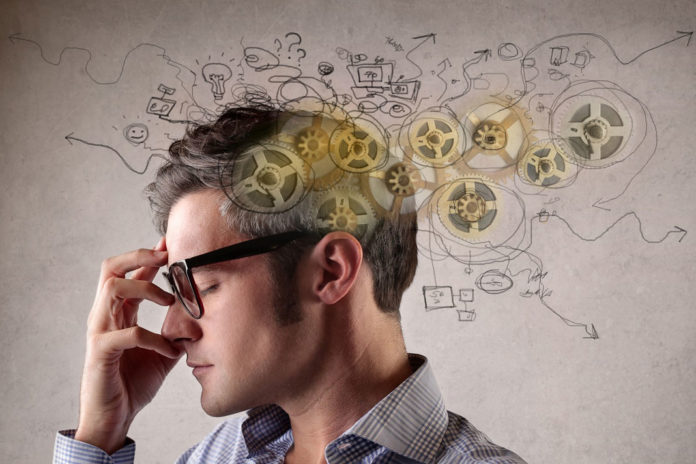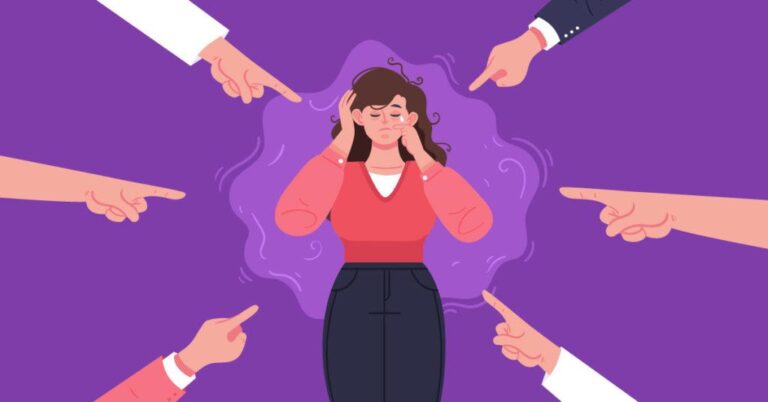Psychological well-being is the cornerstone of a fulfilling and balanced life. And it’s true especially for students navigating the rigors of academic life. It’s the foundation that helps us:
- manage stress
- forge positive relationships
- maintain an overall sense of contentment.
When our psychological well-being is in good shape, we’re more productive and resilient. We are also better equipped to reach our potential.
But sometimes, the workload can become overwhelming, leading to stress and anxiety, which can take a toll on our mental health. That’s when it’s vital to reach out and seek assistance. You don’t have to face it alone. There’s no shame in saying: I need help, do my homework for me, please. Getting study help is a smart move. Online academic help services can provide the support you need to alleviate stress.
The Structure of Psychological Well-Being
Psychological well-being does have a structure and it’s kinda like a two-sided coin.
On one side, you’ve got what we call ‘hedonic well-being’. Think of it as the fun stuff: feeling good, being satisfied with life, and not feeling down or negative. It’s all about getting pleasure and avoiding pain.
Flip the coin, and you’ve got ‘eudaimonic well-being’. This one’s a bit more deep and meaningful. It’s about feeling that you’re doing something worthwhile, that you’re realizing your potential, and that you’re in tune with your own values and purposes.
So why does this matter, especially for students? Well, life as a student can sometimes be a roller coaster ride. You might be nailing your assignments and acing your exams (hello, eudaimonic well-being!) but at the same time feeling lonely or anxious (not so great for the hedonic well-being). By understanding both sides of the well-being coin, you can work on strategies to keep your mental health in balance.
But according to Cognitive Behavioral Therapy (CBT), the structure is different. It revolves around the intricate connection between our:
- thoughts
- emotions
- behaviors.
CBT proposes that our psychological well-being is greatly influenced by the cycle of these elements. So changing our thought patterns and behaviors can impact our emotional well-being a lot.
This cycle, also known as the cognitive model, can be explained like this.
1. Thoughts
Our cognitions, or thoughts, about ourselves, others, and the world around us form the basis of our perceptions. These thoughts can be positive, negative, or neutral. And they influence how we interpret situations.
2. Emotions
Our emotions are directly influenced by our thoughts. If we interpret a situation negatively, we’re likely to experience negative emotions. Conversely, if our thoughts are positive or neutral, we’re more likely to experience positive or balanced emotions.
3. Behaviors
Our behaviors are guided by our emotions. If we’re feeling negative, we tend to engage in negative behaviors. For instance, a student who constantly thinks they can’t handle their assignments might procrastinate or ignore their work. And this reinforces their negative thoughts.
CBT targets these components to improve psychological well-being. Techniques such as cognitive restructuring help individuals identify and challenge negative thought patterns. In its turn, it leads to more balanced emotions and healthier behaviors.
Functions of Student’s Psychological Well-Being
The American Psychological Association (APA) recognizes that psychological well-being plays a crucial role in a student’s academic journey. It influences their learning, productivity, and overall success in school. According to the APA, the functions of a student’s psychological well-being are:
1. Learning Efficiency
Students who enjoy good psychological well-being tend to demonstrate higher efficiency in learning. They have better concentration, memory, creativity, and problem-solving skills. This translates to better academic performance and a more productive learning experience.
2. Emotional Regulation
Psychological well-being fosters emotional resilience. It enables students to effectively manage and navigate their emotions. They are better equipped to handle stress, anxiety, and other emotional challenges that come with the academic territory.
3. Social Interactions
Students with a healthy psychological state have more fruitful social interactions. They’re more likely to:
- develop meaningful relationships
- work well in teams
- contribute positively to the school community.
4. Resilience
Psychological well-being strengthens a student’s resilience. In fact. it helps them to bounce back from adversities. This could range from personal hardships to academic setbacks, and it is crucial for long-term success.
5. Motivation
Psychological well-being fuels motivation. It actually propels students to strive towards their academic goals. A positive mental state fosters intrinsic motivation. In its turn, it enhances a student’s interest, engagement, and achievement.
6. Physical Health
There’s a strong connection between mental and physical health. Students with good mental health generally have stronger immune systems, better sleep, and more energy, which are essential for academic success.
The APA also suggests some strategies to promote psychological well-being among students, such as:
- creating a supportive learning environment
- teaching stress management skills
- providing mental health services.
Each of these can have a positive effect on young learners.














